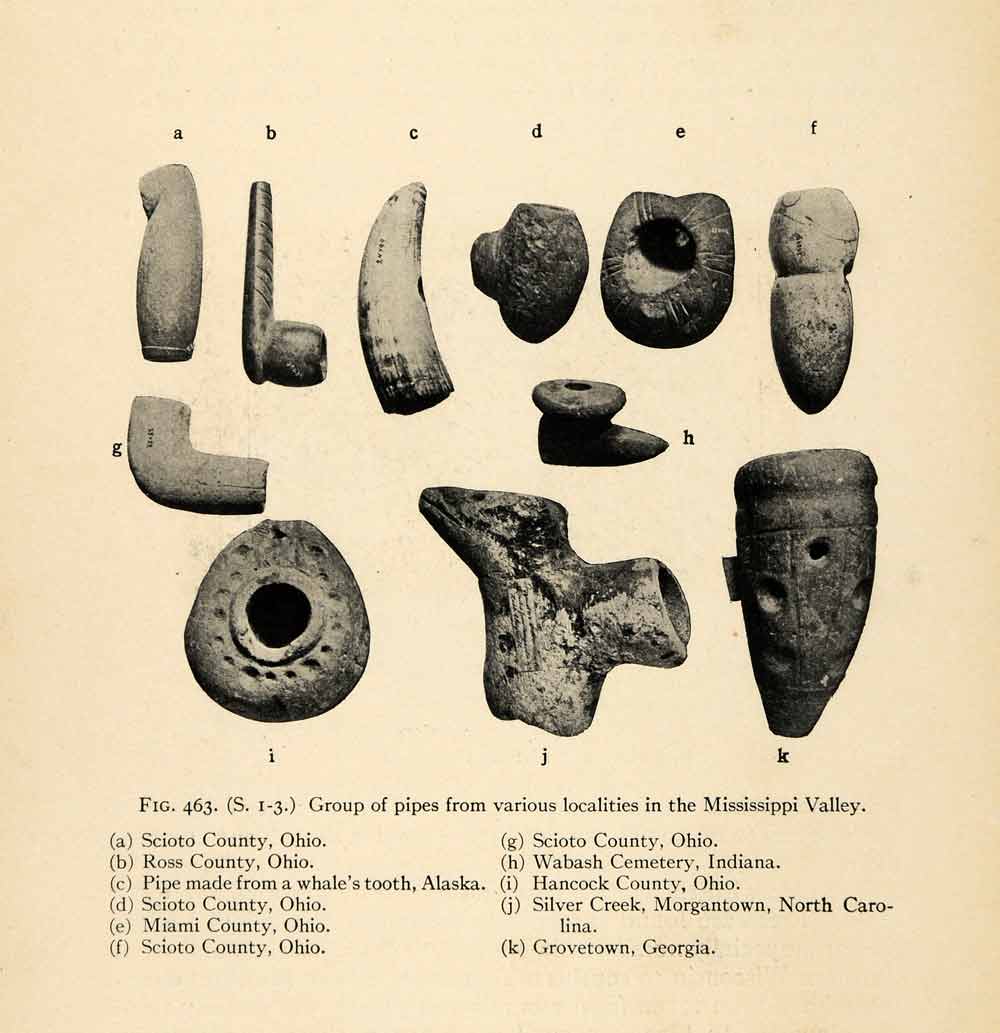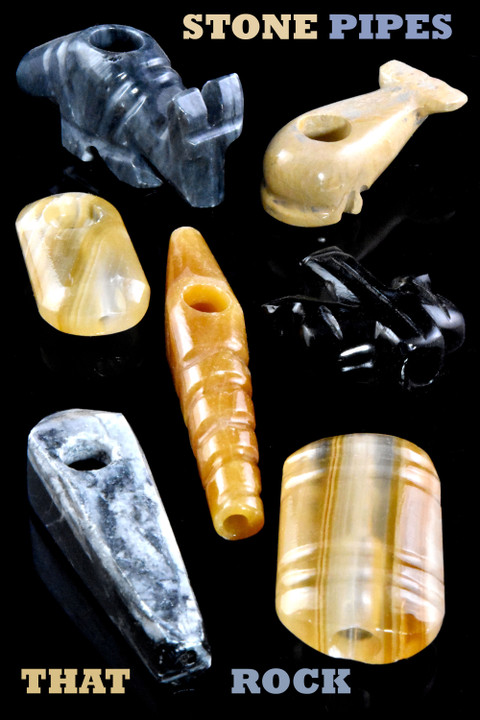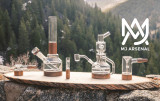Rock Out with Wholesale Stone Pipes
It’s no secret that smoking pipes have existed for hundreds of thousands of years and that their rich history is as integral to smoking now as it was then. Of course, the oldest pipes were used primarily for tobacco - or at least evidence suggests that tobacco was abundant in the Americas, not only being fossilized near remains and found in the systems of those remains. Smoking also held a more ritualistic and ceremonial value to people of olden and ancient times, the significance primarily serving political or religious purposes such as connecting with a god who, “revealed himself in the rising smoke” (I’ll have what they’re having, am I right?). As such, ancient people used what was readily available to them at the time to craft those pipes. Enter: stone.

(Credit: National Park Foundation)
While wholesale wood pipes were another popular material for hand pipes, stone, even the soft stone many of the natives carved into pipes, was and still is, a more robust and durable material than wood. It is also more hardy against droppage and appears more ornate than carved wood pipes that are more susceptible to damage such as rotting and chipping. Pipestone National Monument houses the soft pipestone used for, you guessed it, pipes and the harder quartzite that Natives, specifically Plains tribes, used for forming those sacred pipes. The process hasn’t changed much, but the tools used have become more sophisticated from sharpened stone. Nowadays, saws are used to cut away excess stone, round the edges and drills are used to form the hole in the bowl, rather than using harder stone to form the pipe and a sharpened stick in conjunction with sand and water to form the hole in the bowl.

(Hopewell Culture Raven Effigy Pipe, Credit: National Park Service, Hopewell Culture National Historic Park)
The process isn’t the only thing that has changed, however. Many stone pipes, in the western world at least, are now manufactured in Mexico and are made of much harder stones like onyx, making them even more resilient to damage. As a result of capitalistic times and mass production of products, bulk stone pipes are less detailed, but are still available in a variety of unique sizes, shapes and colors. Outside of the standard shapes and typical 4” size, pipes are commonly carved to resemble different animals. More elaborate wholesale stone pipes fetch a pretty penny and aren’t vastly reproduced due to the amount of time it takes to fabricate each one.

So now that we know some fun historical facts about wholesale stone pipes and some of the ways they are manufactured, how does smoking from one really compare to their glass counterparts? For all intents and purposes, smoking from a stone pipe is similar to a glass pipe. In many cases, stone pipes have carbs like glass pipes do, so they function the same, but may deliver a harsher hit than glass pipes depending on their size. Smaller pipes have less space for the heat to dissipate before reaching the smoker’s lungs so that heat is instead delivered directly to the lungs with no buffer. User anecdotes state that stone gets hot at a slower rate than glass but that glass is easier to clean. Additionally, glass pipes generally have larger bowls than stone pipes, but the most noticeable difference to smokers is still the durability. Others mention stone pipes can be less artistic than glass, but like many things, that’s dependent on budget and comes down to preference.
So what is your preference? Stone or glass? Prefer to ditch conventional choices and opt for silicone or wood (also rather conventional choices)? Which of the many wholesale pipes will you decide to add to your shop’s collection? There are plenty of options so get to browsing our selection here.
Product spotlights & merchandising ideas
Mushroom Mush-Haves for Any Smoke Shop
The Fun-Gi Takeover: Mushroom-Themed Smoking Accessories for Your Shop Mushrooms are having a major...
Collect Them All: Hemper Glass Families That Turn Fans into Regulars
Level Up Your Glass Case: Hemper Theme Drops for Serious Fun Margins If your water pipe case looks...
Universal Attraction: NWTN Home's Law of Physical Sales
NWTN Home: Glass That Feels Like Home (and Sells) Born from over a decade of design work in the tab...
Love at First Lookah: Devices That Turn Heads (and Profit)
Lookah has been designing crowd-pleasing head-shop staples for more than 15 years, evolving from its...
Cabin Fever: The Alpine Collection Trailblazers That Spruce Up Any Case
A Closer Look at MJ Arsenal’s Alpine Collection Lace up your merch boots—MJ Arsenal’s Alpine Colle...
So Fresh, So Clean: Formula 420 & Formula 710 Cleaners for Every Sticky Situation
A Quick Dip into Formula 420 History Before “one-minute clean” became the counter catchphrase, Formu...







